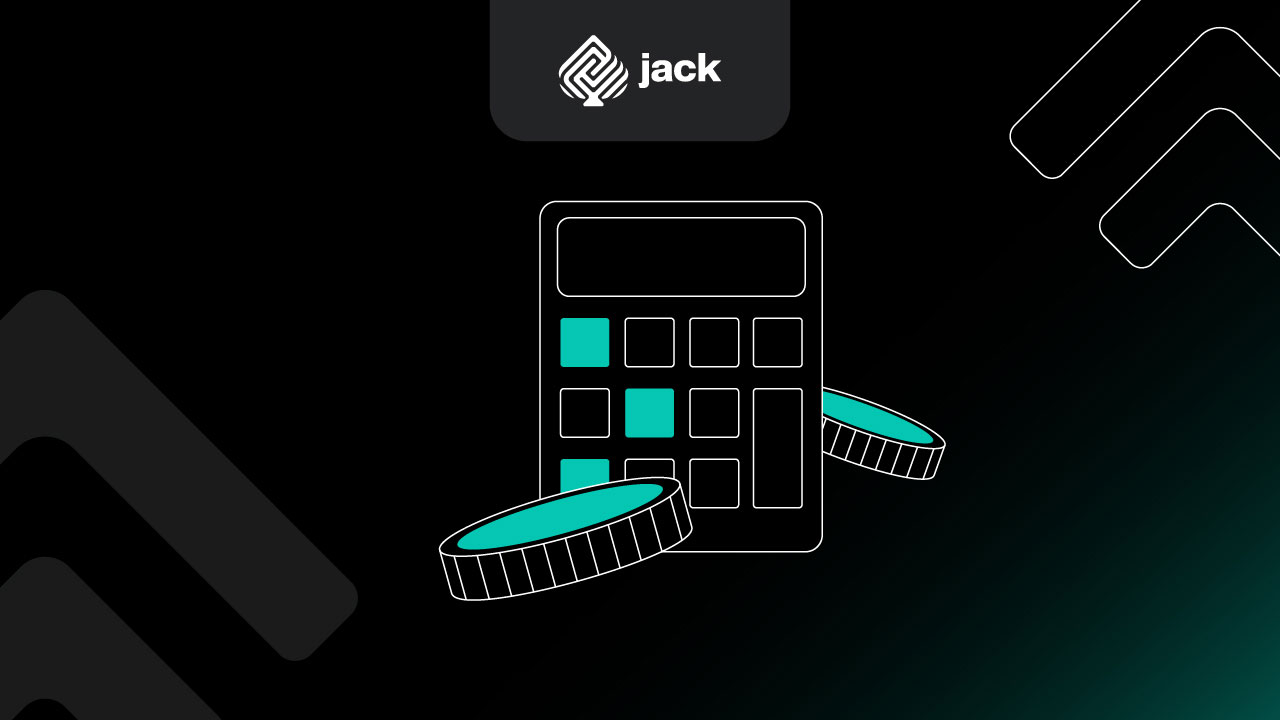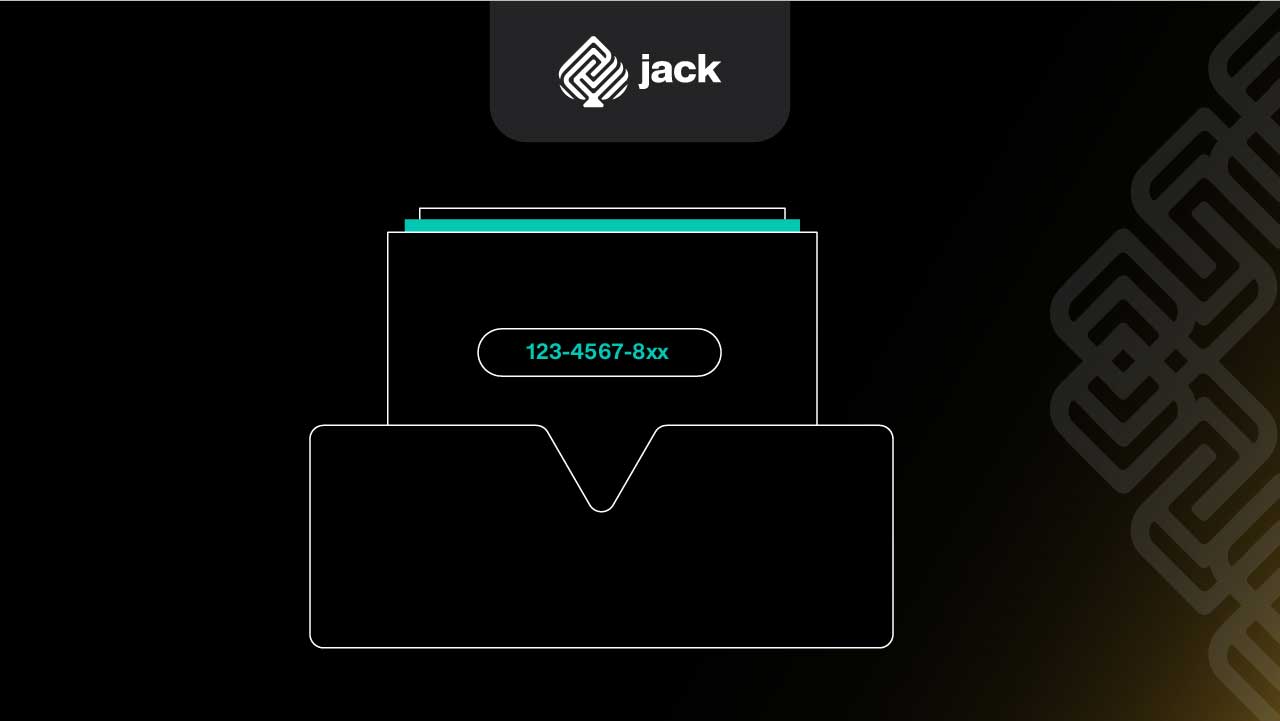In the process of producing goods, there are many considerations for business operators. One of them is related to the expenditure of costs to cover the production process. Most business operators are familiar with marginal costs, as they reflect production costs crucial for determining the future direction of business.
It would be better if business operators had an understanding of these costs. Unfortunately, many are still unfamiliar with this and do not know the definition or how to calculate it properly. To provide insight and an initial overview of this, here is a further explanation of this cost system.
General Understanding of Marginal Cost

Marginal cost is the additional cost incurred to produce one additional unit of a product. Calculating marginal cost is essential in business decision-making, as it helps companies determine the selling price, optimal production volume, and expected profit.
Marginal cost takes into account all costs that vary depending on the production level and the specified time frame related to production. Fixed costs, on the other hand, are expenditures that do not change depending on the production level.
In the case of car production, for example, marginal costs would include the cost of labor and components needed for an additional car but would not include the fixed costs of building the factory, which are expenses required to produce the car and do not change with expenditure costs.
In general, these costs can be short-term or long-term, depending on how much they will change with production. In the long term, the production size is chosen according to the desired output. Therefore, these costs will not be fixed.
Marginal Cost from an Economic Perspective

In economics, marginal cost refers to the change in total costs that occurs when the quantity of production is increased. In other words, marginal cost is the cost of creating additional inventory. Sometimes it is used to refer to the increase in one unit of output, while at other times, it is used to refer to the rate of change in total costs with a very small increase in production.
Both meanings can be applied in certain situations. However, this cost needs to be measured in dollars per unit, while total costs are measured in units of dollar value. What is meant by marginal conditions is the slope of total costs, which is the rate of cost growth with production.
There is a difference between the cost in question and the average cost, which is calculated by dividing total costs by the number of units produced.
See Tutorial Account Verification Jack
Steps to Calculate Marginal Cost in Detail

Calculating marginal cost certainly cannot be done directly in a short amount of time. However, to provide an accurate picture, several steps related to this activity are required. The following are the steps to calculate marginal cost generally in a company.
1. Calculate the total production cost
The first step in calculating marginal cost is to calculate the total production cost. Therefore, an estimate of the total production cost is needed in the company by dividing various costs incurred by the company related to the production of goods.
Usually, total production costs include variable costs and fixed costs. Variable costs are costs that change with the volume of production, such as the cost of raw materials and the cost of direct labor. In contrast, fixed costs are incurred by the company. The term fixed costs generally remains constant regardless of the volume of production produced by the company.
2. Calculate the change in total cost when production is increased by one unit
After calculating the total production cost as explained above, the next step in calculating marginal cost is to calculate the change in total cost when production is increased by one unit.
The addition of units indirectly will have an impact on production costs. Therefore, this needs to be included in the calculation. This can be done by calculating the difference in total cost when producing one additional unit compared to the previous production.
3. Calculate marginal cost
If the steps given above have been implemented, then the company can now determine the amount of marginal cost incurred by the company due to the production process. This marginal cost can be calculated by dividing the change in total cost by the change in the number of units produced by the company.
To make it easier, it is advisable to use the following formula. The formula for calculating the marginal cost in question is as follows:
Marginal Cost = Change in Total Cost / Change in Number of Production Units
4. Evaluate the results
After completing the calculation of marginal costs in full, the final step is to evaluate the results obtained. Generally, what is called marginal costs, if a low value is found, will indicate that the additional cost to produce one additional unit is relatively small.
Conversely, if a high marginal cost value is obtained, it indicates that a significant additional cost is required to produce one additional unit. Thus, it will be easier for the company to determine the next strategy, especially regarding the addition of production units.
By calculating marginal costs, companies can make more accurate decisions regarding production volume, pricing, and resource allocation. In addition, the calculation of marginal costs also helps companies understand the production cost structure and identify areas that can be optimized to improve production efficiency.
Use Jack for your business needs
Thus, calculating marginal costs is an important step in the financial and operational management of the company. Companies are expected to understand these steps and apply them in making appropriate business decisions.






